Venture off the beaten path and explore the culinary treasures of the world’s most secluded cultures. In this article, we delve into unique traditional dishes that not only tantalize the taste buds but also offer a glimpse into the rich cultural tapestry of remote communities. From the high-altitude villages of the Andes to the isolated islands of the Pacific, join us on a gastronomic journey that celebrates the diversity and creativity of remote cultures.
Saguday (Siberia)
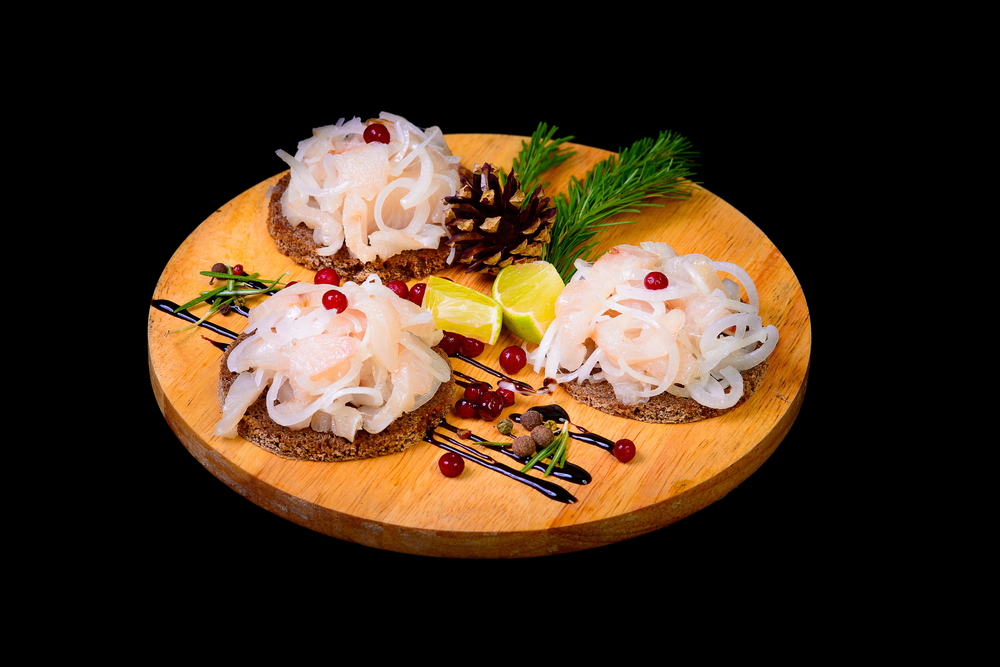
Saguday is a raw fish dish from the indigenous people of Siberia. Made typically from freshly caught Baikal omul or sturgeon, this dish is sliced thinly and seasoned with salt, pepper, and onions. It’s a testament to the resourcefulness of Siberian cultures in utilizing their local resources, and the dish’s simplicity underlines the importance of preserving the natural flavors of the fresh, icy-water fish.
Chuno (Bolivia)
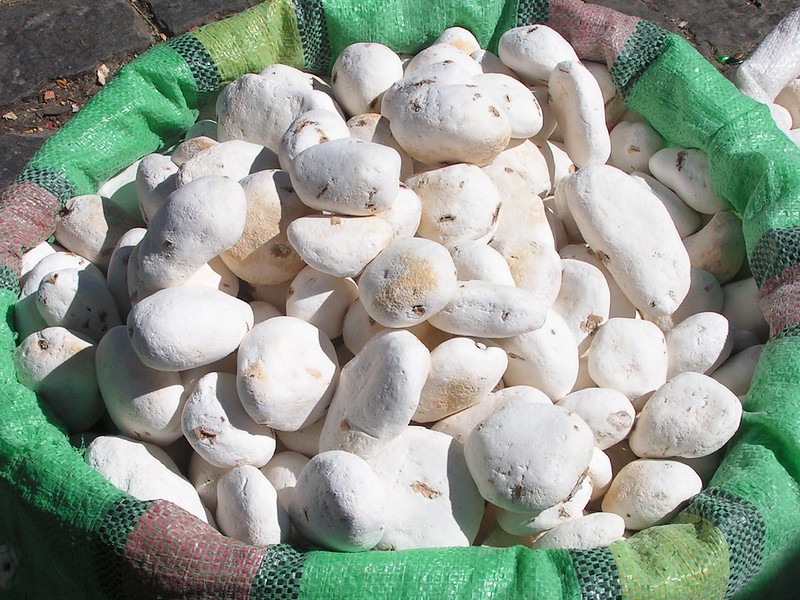
In the high plains of the Andes, the Aymara and Quechua people prepare chuno, a freeze-dried potato product that can be stored for years. The process involves naturally freezing the potatoes overnight, then drying them under the strong high-altitude sun. Chuno is a crucial staple in the Bolivian diet, symbolizing the adaptation of Andean cultures to their harsh, mountainous environment.
Tunu Ahi (Easter Island)
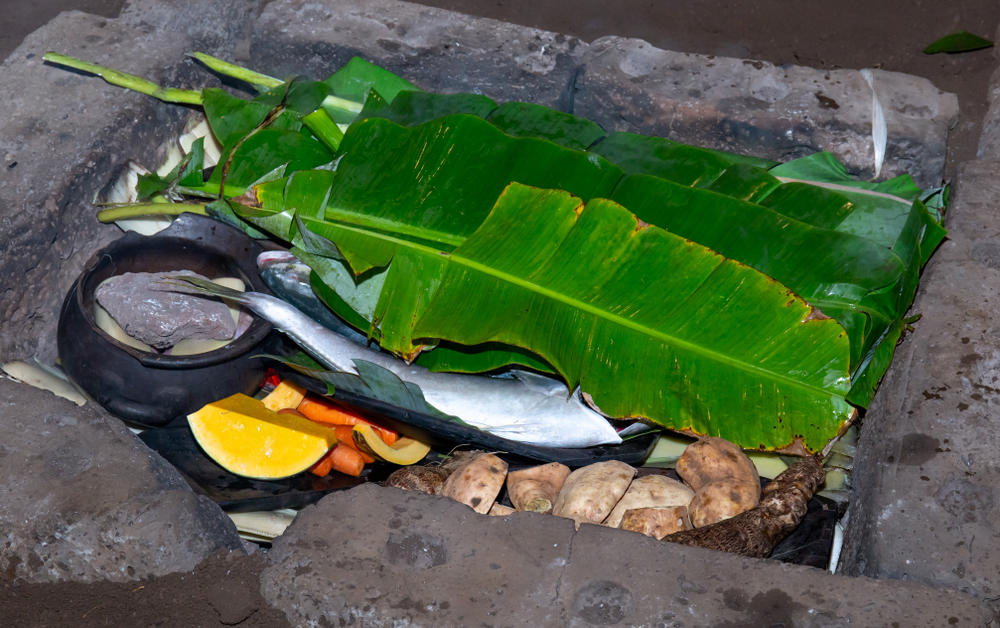
On the remote Easter Island, Tunu Ahi involves grilling fish over hot stones. This technique showcases the Rapa Nui people’s use of available volcanic stones and local seafood. The method imparts a unique smoky flavor to the fish, reflecting the island’s volcanic landscape and the ingenuity of its people in crafting a cuisine that mirrors their environment.
Akutaq (Alaska)
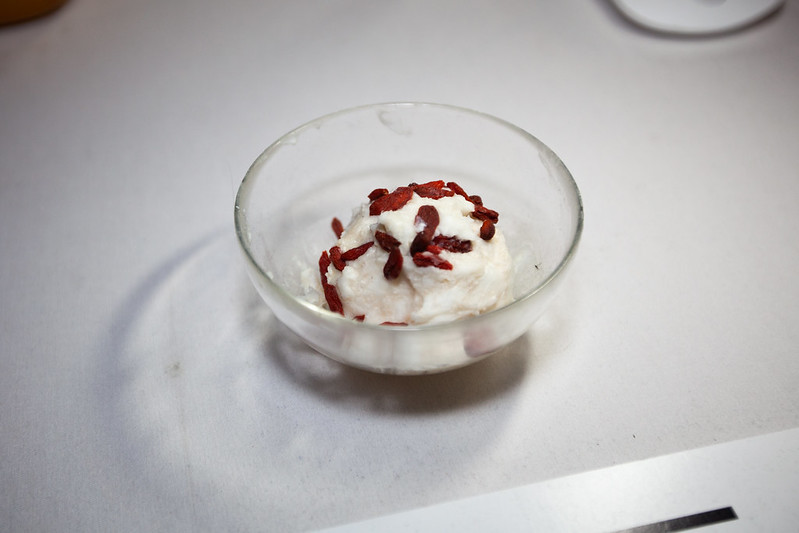
Also known as Eskimo ice cream, Akutaq is a traditional Native Alaskan dish made from reindeer fat, seal oil, freshly fallen snow or water, and local berries. This dish is not only a source of high energy but also a celebration of the natural ingredients accessible to the Arctic communities. It represents the survival strategies of the Yupik and Inupiat peoples amidst extreme conditions.
Sannakji (Korea)
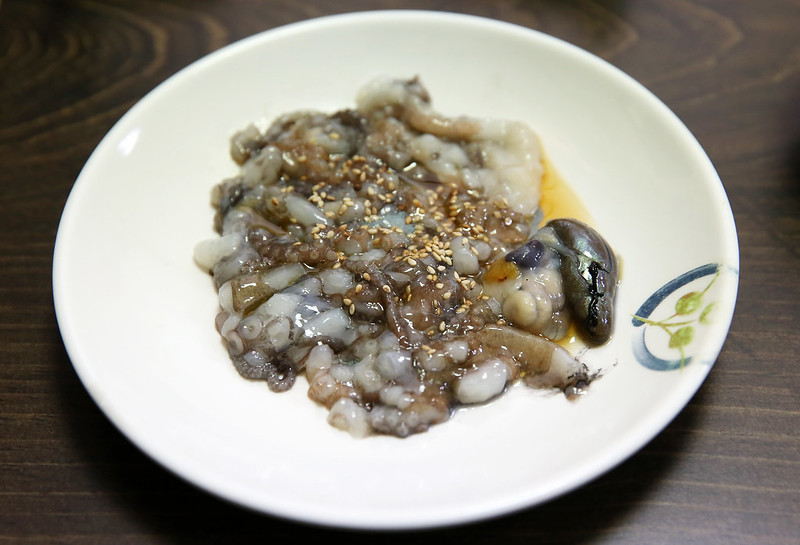
From the coastal villages of Korea comes sannakji, a dish of live octopus that is cut into small pieces and served immediately, usually lightly seasoned with sesame and sesame oil. The dish is a vivid demonstration of Korea’s deep-sea fishing culture and the emphasis on freshness and simplicity in Korean cuisine.
Kiviak (Greenland)
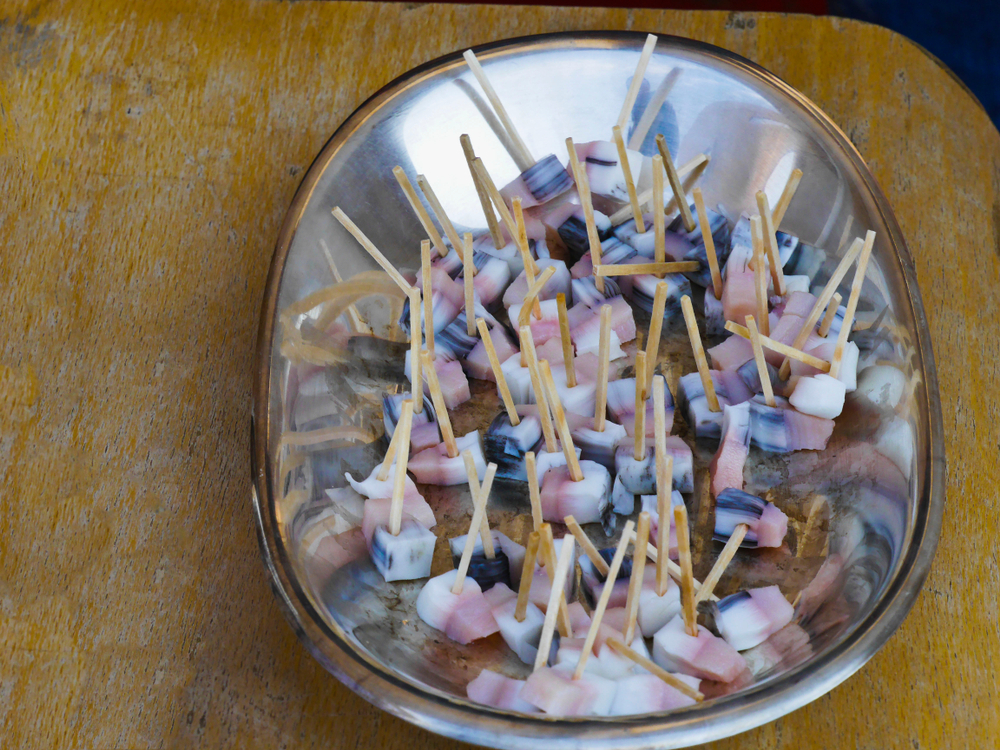
A traditional Inuit dish from Greenland, kiviak involves fermenting seabirds called auks in a sealed seal skin buried under stones for several months. This preservation method showcases the Inuit’s remarkable adaptation to the Arctic’s unforgiving climate and their ingenuity in developing preservation techniques that ensure food availability during harsh winters.
Hákarl (Iceland)
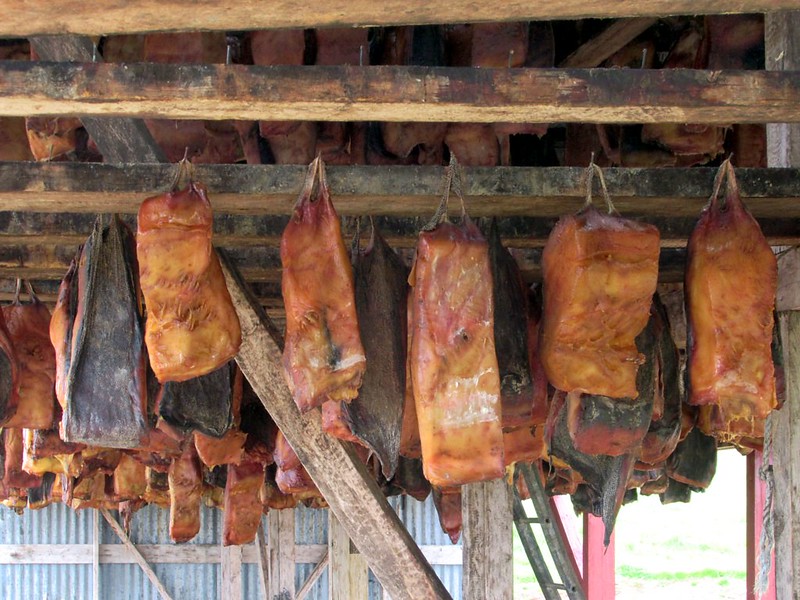
Considered a national dish of Iceland, hákarl is fermented shark meat with a strong ammonia-rich smell and fishy taste. It is typically made from Greenland shark or other sleeper sharks, which are naturally poisonous when fresh due to high levels of urea. The fermentation process not only detoxifies the meat but also reflects the historical necessities and culinary bravery of the Icelandic people.
Palusami (Samoa)
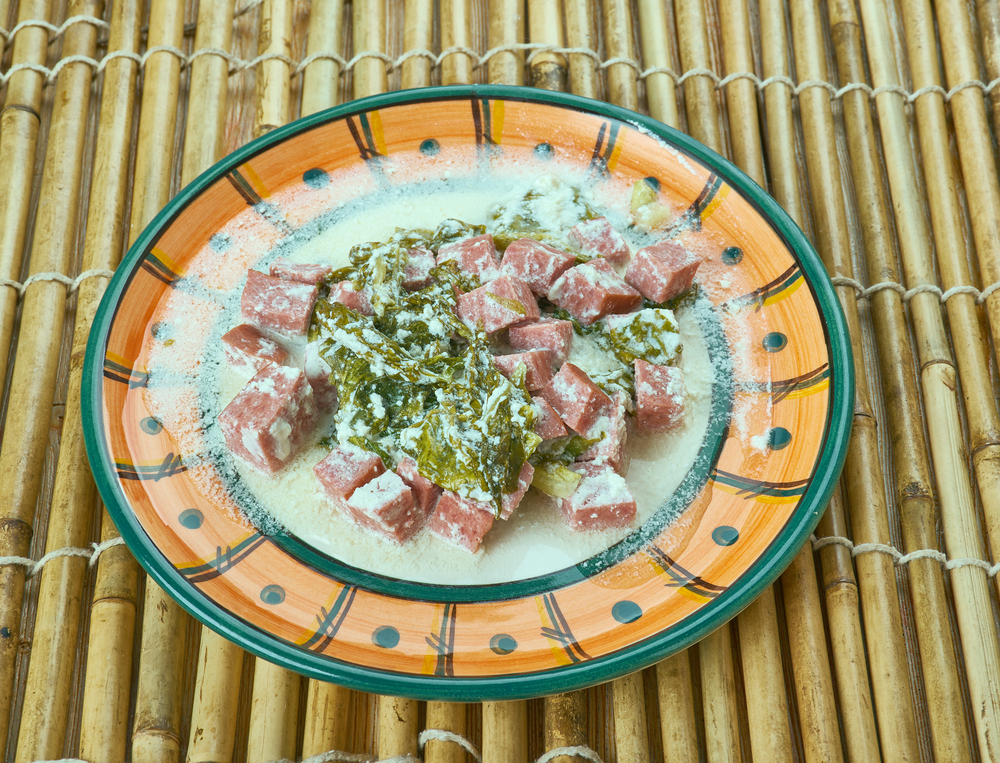
Palusami is a traditional Samoan dish made from taro leaves baked in coconut cream often with onions, lemon, and sometimes meat or fish, all wrapped in banana leaves. It is a staple at gatherings and showcases the communal culture of Samoa, highlighting the importance of taro and coconut in their diet.
Fufu (Ghana)
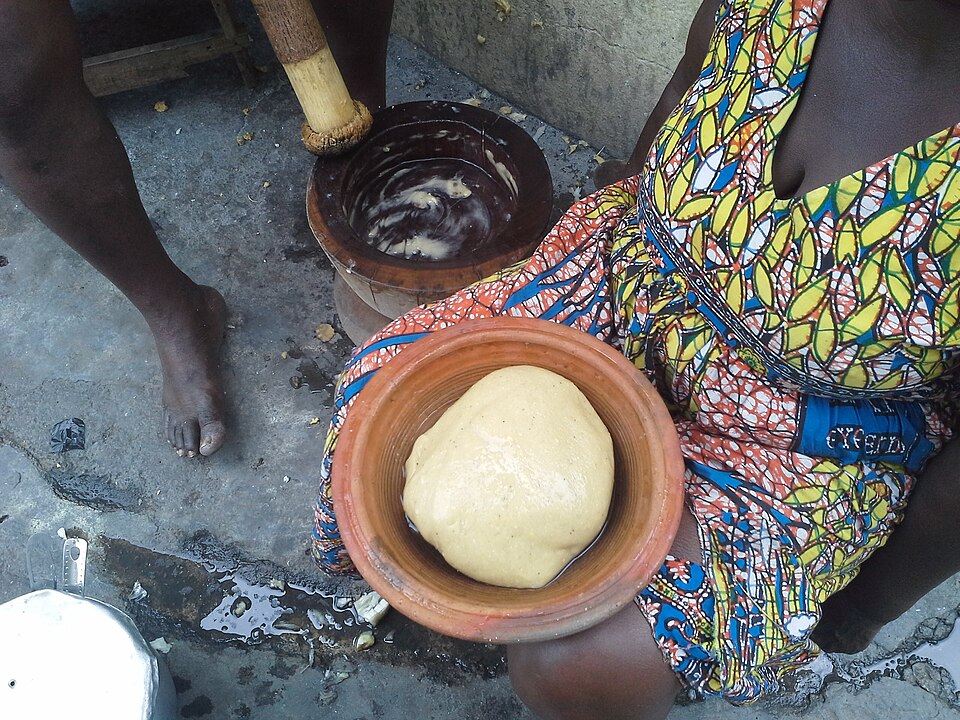
Fufu is a staple dish in Ghana, made by boiling starchy foods like cassava, yams, or plantains and pounding them into a dough-like consistency. Often served with a spicy tomato soup, fufu is a dish that ties directly to West African farming practices and communal eating traditions, representing a fundamental component of Ghanaian culinary heritage.
Masato (Peruvian Amazon)
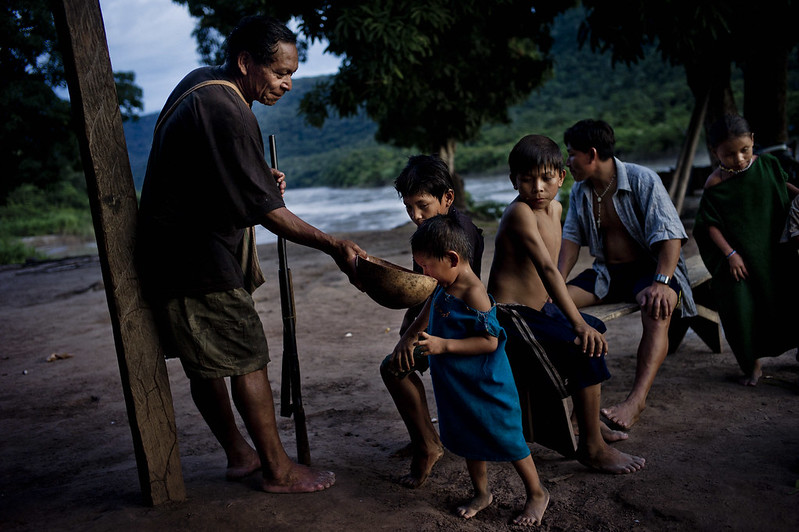
In the remote villages of the Amazon, masato is a traditional beverage made from yuca fermented with human saliva. After chewing the yuca to release enzymes, it is spit into a communal pot to ferment. This drink illustrates the Amazonian tribes’ use of natural resources and the communal aspects of their culinary practices.
Biltong (Namibia)
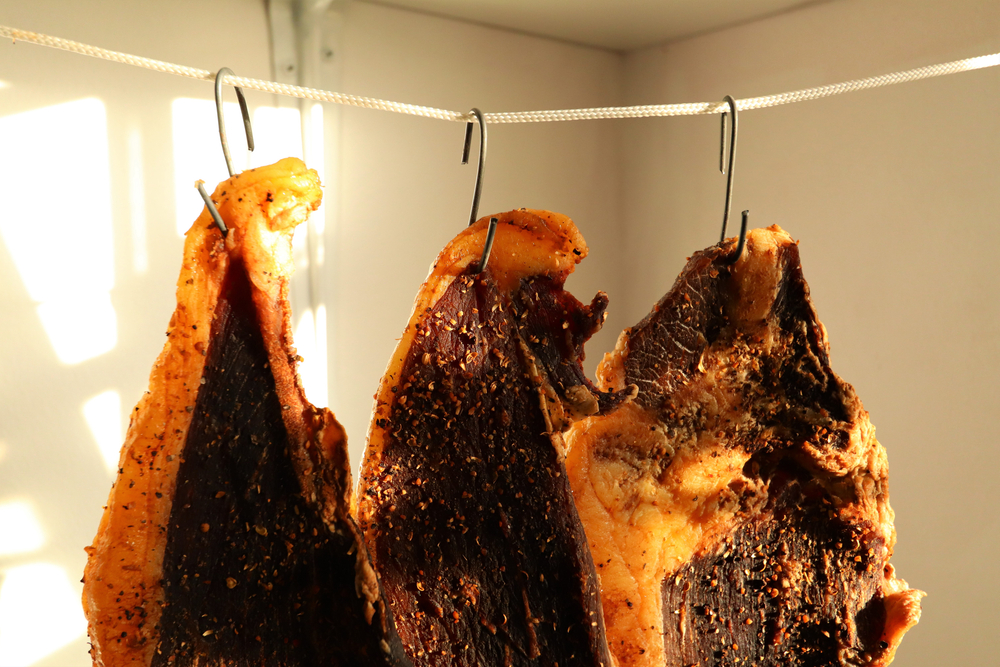
Biltong is a form of dried, cured meat that originated in Namibia. Various types of meat are used to produce biltong, which is marinated, seasoned, and air-dried. This dish is deeply embedded in Namibian culture, reflecting the necessity of preserving meat in a climate where refrigeration may be limited.
Airag (Mongolia)
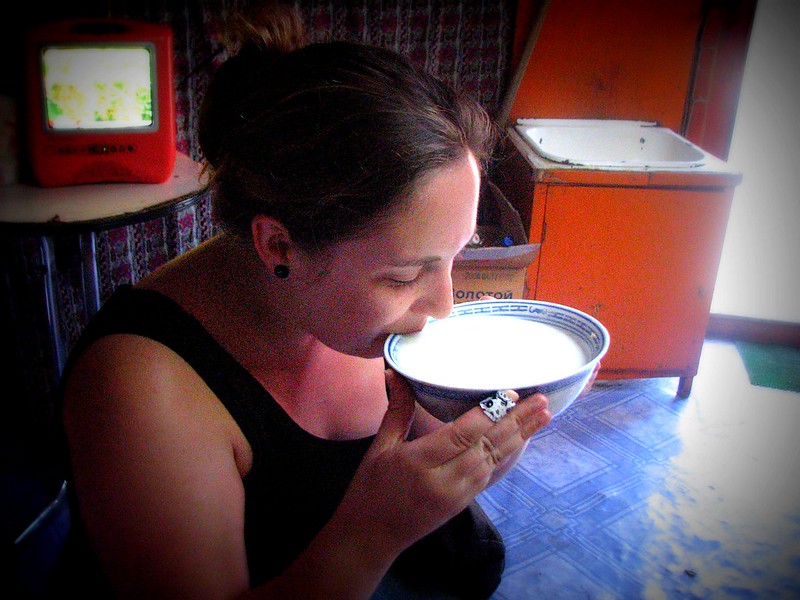
In Mongolia, airag, or fermented mare’s milk, is a popular traditional beverage. The fermentation process gives it a slight alcoholic content and a unique taste. This drink is a cultural symbol in nomadic tribes, highlighting their dependence on horse breeding and the nutritional benefits of mare’s milk in a region where other fresh foods are scarce.
Laulau (Hawaii)
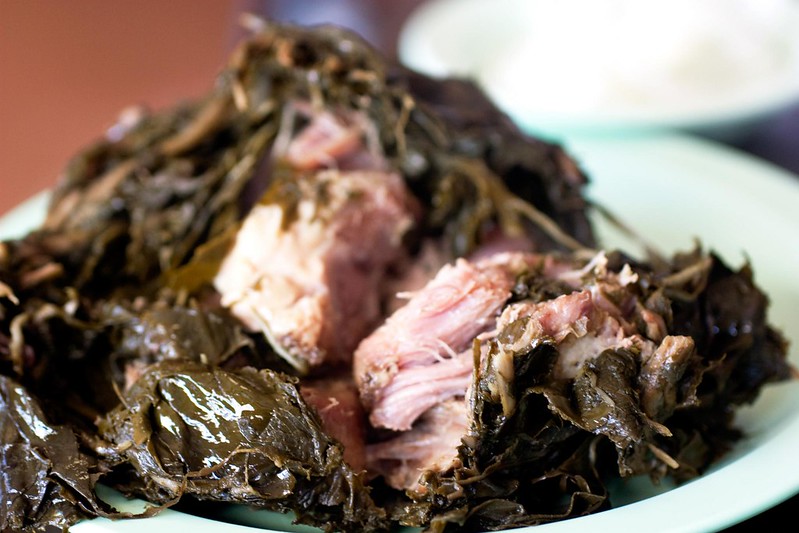
Laulau is a traditional Hawaiian dish where pork, fish, and taro leaves are wrapped in ti leaves and steamed for several hours. This cooking method encapsulates the flavors, making laulau a moist and savory packet of Polynesian delight. It showcases the Hawaiians’ ingenious use of local ingredients and traditional cooking methods.
Muktuk (Inuit)
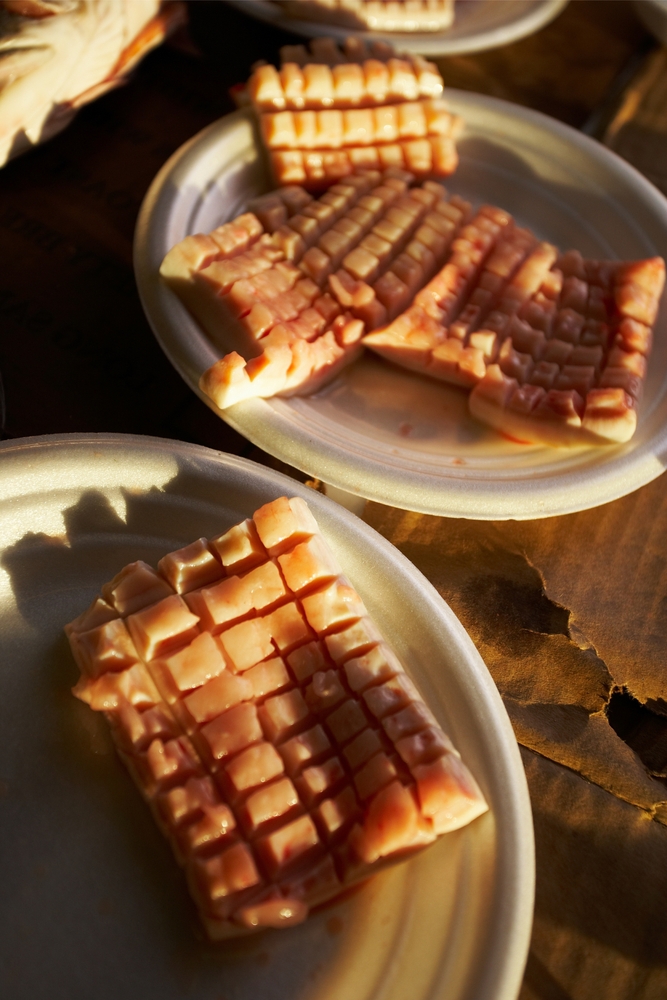
Muktuk consists of frozen whale skin and blubber, often eaten raw, though it can also be pickled or cooked. This Inuit dish is rich in vitamins A and C, crucial in the Arctic diet to prevent scurvy during months when fruits and vegetables are unavailable. Muktuk illustrates the Inuit’s sustainable use of whales, utilizing almost every part of the animal.
Tepache (Mexico)

Tepache is a traditional Mexican beverage made from the fermentation of pineapple rinds. This drink, often sold by street vendors, is a brilliant example of Mexican resourcefulness in using parts of fruits that would otherwise be discarded, turning them into a refreshing drink.
Poi (Hawaii)
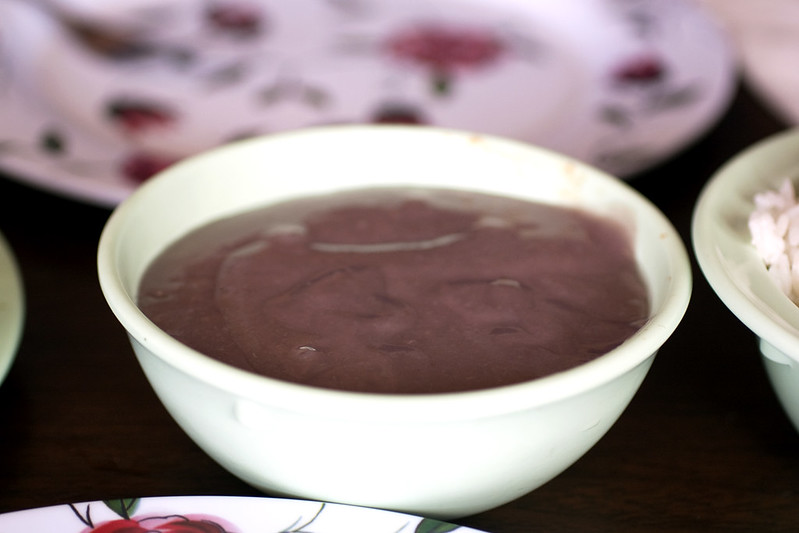
Poi is a Hawaiian staple made from taro root, which is steamed and pounded to a paste. This simple yet nutritious dish is a fundamental part of Native Hawaiian cuisine and cultural identity, often served at traditional luaus and family gatherings.
Bushmeat Stew (Central Africa)
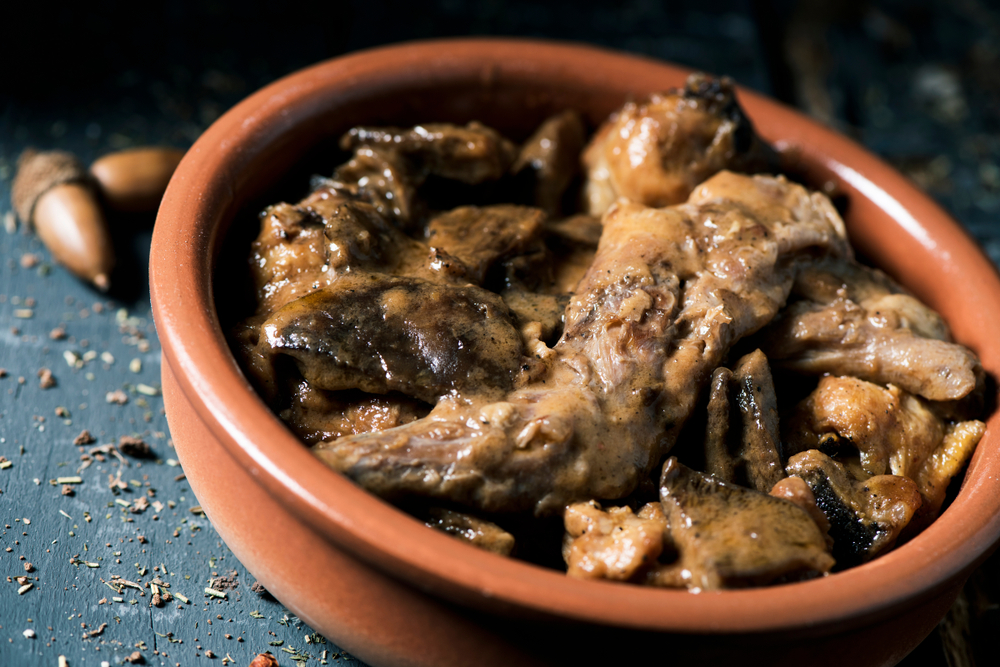
In remote parts of Central Africa, bushmeat stew includes meat from wild animals such as antelopes, monkeys, or even bats, reflecting the reliance on hunting in local cultures. This stew, often spiced with local herbs and vegetables, provides crucial protein and represents a connection to the forest and its resources.
Dhido (Nepal)
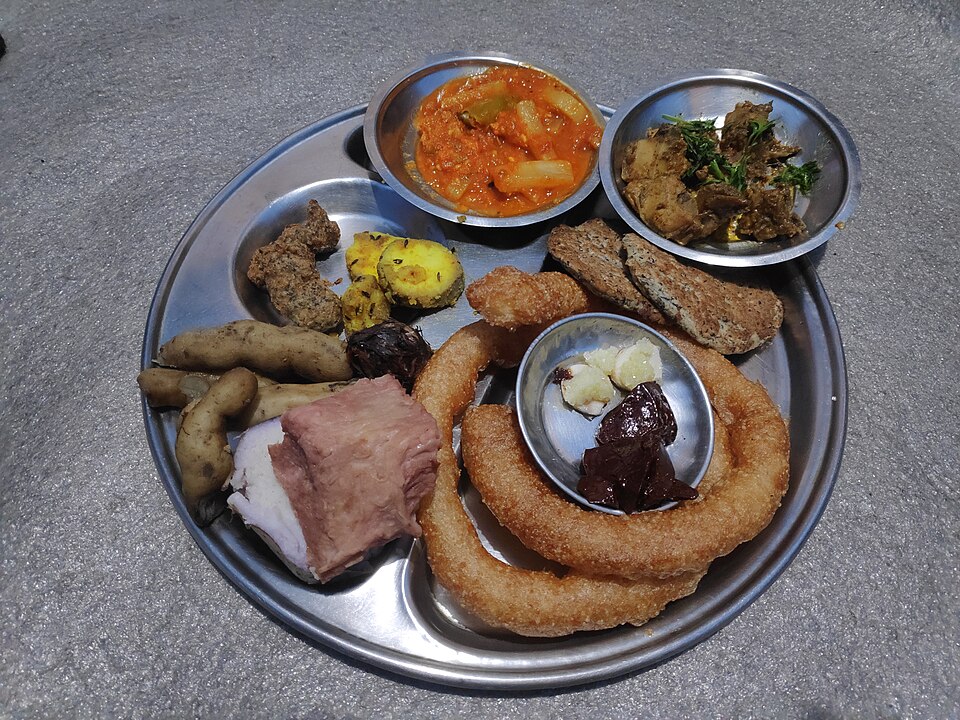
Dhido is a traditional Nepalese dish made by continuously stirring hot water with flour from cornmeal or millet until it thickens into a dough-like consistency. This staple dish is a testament to the simplicity and nutritional efficiency needed in the mountainous terrains of Nepal, where farming is challenging.
Callaloo (Caribbean)
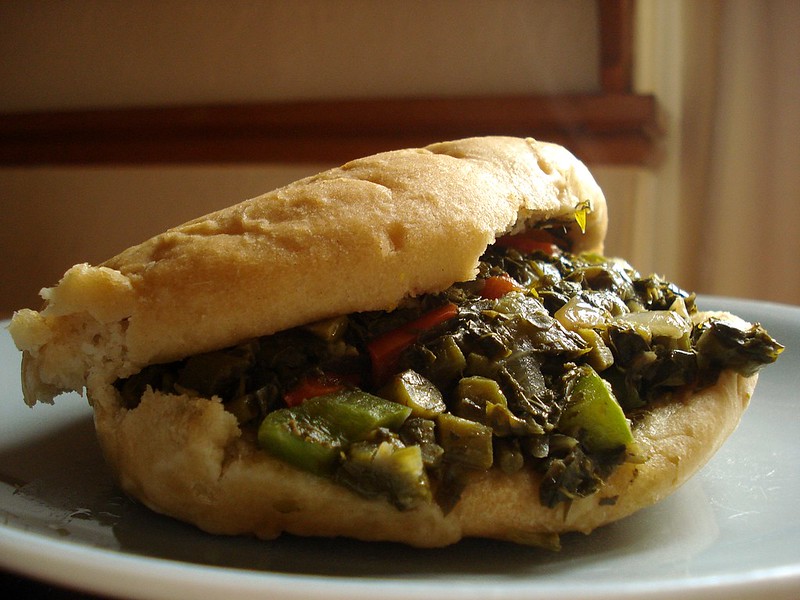
Callaloo is a popular dish in the Caribbean, made from leafy greens, often amaranth or taro leaves, cooked with coconut milk, onions, and various seasonings. This dish encapsulates the melding of African, Indian, and indigenous influences, reflecting the diverse cultural heritage of the Caribbean islands.
Guinea Pig (Ecuador)
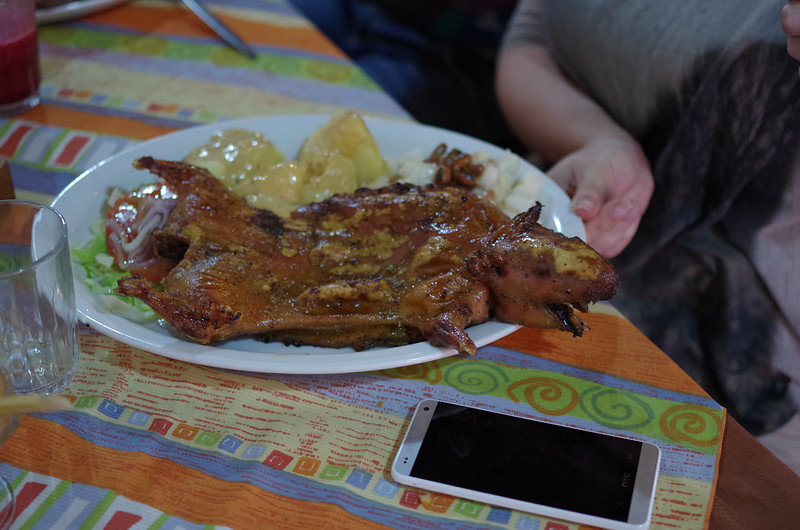
In Ecuador, guinea pig or cuy is a traditional delicacy, often roasted whole on special occasions. This practice dates back to pre-Columbian times and is a significant part of Andean culture. The dish is not only a source of high protein but also a cultural symbol in celebrations and rituals.
Kangaroo Meat (Australia)
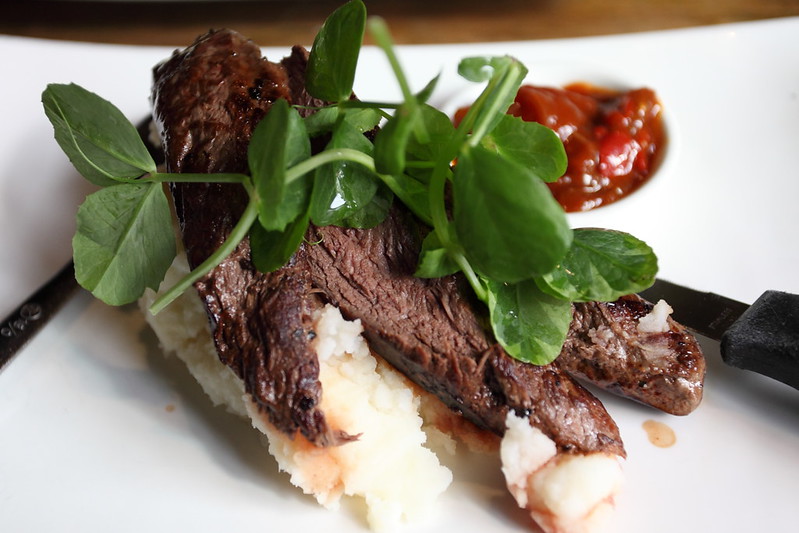
Kangaroo meat is a traditional Australian food, valued for its low fat content and high protein. It’s often found in various forms from barbecued steaks to sausages. Eating kangaroo meat reflects an ancient practice among Aboriginal Australians, emphasizing sustainable hunting and respect for nature.
Blood Sausage (Faroe Islands)
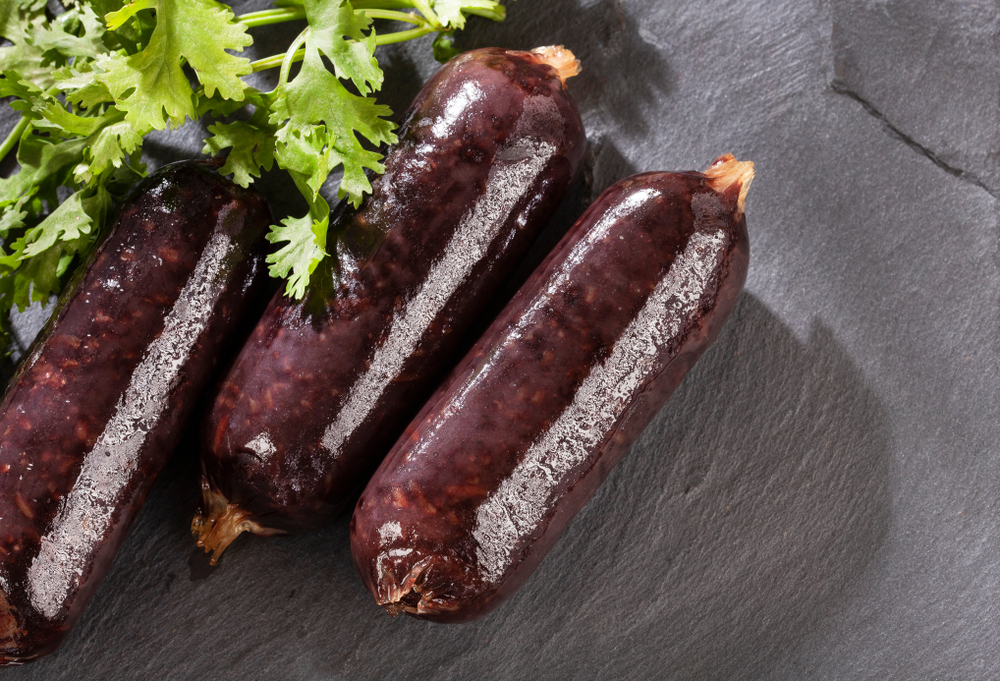
In the Faroe Islands, blood sausage is a traditional dish made from sheep’s blood mixed with fat, rye flour, and oats, encased in a sheep’s stomach. This dish reflects the Faroese people’s utilization of all parts of the animal, showcasing a tradition of sustainability and respect for livestock that is central to their culture.
This article originally appeared on UnifyCosmos.
More from UnifyCosmos
20 Affordable Party Planning Tips from the Pros

In this article, we’ll share budget-friendly party planning tips that will help you create an unforgettable experience without straining your wallet. Read more!
23 Confidence-Boosting Affirmations for Greater Self-Esteem

Explore the transformative power of positive affirmations in this article and learn how they can empower you to navigate life’s challenges with a resilient and confident outlook. Read more!
22 Popular Health Myths Busted by Scientific Evidence

This article delves into common misconceptions about health, highlighting how scientific research has debunked many long-standing beliefs. Read more!
Leave a Reply